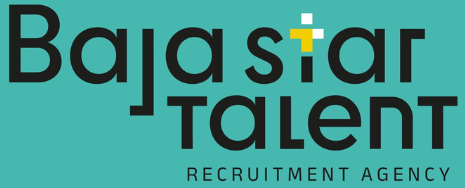Halloween has become one of the most common workplace celebrations in the United States. Although October 31 is not a federal holiday and the workday continues as usual, many companies allow themed activities to help build team cohesion, ease daily stress, and encourage creativity.
When handled well, Halloween can be a great moment to strengthen workplace culture. But the celebration should always reflect respect, comfort, and consideration for colleagues. Choosing the right costume matters—not just for fun, but for maintaining a professional environment.
This guide outlines what works in an office setting, what to avoid, and how to participate without creating uncomfortable situations or misunderstandings.

Do You Work on October 31?
Yes. Halloween is not a holiday in the U.S. Most workplaces operate under their normal schedules. However, some companies relax the dress code or organize contests and themed activities throughout the day.
Regardless of the company culture, professionalism still applies—especially if your role involves client meetings, vendor calls, site work, or external representation. When in doubt, choose a costume that is easy to tone down or pair with a neutral layer.
Costumes That Are Appropriate for the Workplace

Avoid stereotypes
In the office, the best costumes are comfortable, simple, and easily recognizable. They should allow you to perform your job as usual without distracting others or disrupting work.
Recommended options include:
- Family-friendly movie or TV characters: Lighthearted and easy for everyone to understand.
- Animals or seasonal themes (like pumpkins, bats, or black cats): Festive and neutral.
- Superheroes in simple, low-bulk versions: Keeps the fun without oversized props.
- Historical figures or fictional professions: Creative but generally safe in tone.
- Subtle themed accessories for professional meetings: A printed tie, a headband, a cape, or themed jewelry.
If your day includes formal presentations or external meetings, bring a neutral jacket or blazer that can tone down the costume when necessary.
Costumes to Avoid at Work
Some costumes can be offensive, uncomfortable, or inappropriate in a professional setting. In general, avoid any outfit that mocks or stereotypes cultural, social, or religious identities.
Avoid the following:
- Cultural or ethnic stereotypes, including simplified portrayals of Indigenous peoples.
- Costumes referencing real-world violence or crime, especially recent events.
- Religious figures portrayed in disrespectful or sexualized ways.
- Gory or extremely graphic costumes, including fake wounds and excessive blood.
- Full-face masks that hinder communication and workplace safety.
- Overly revealing or sexualized clothing that does not match a professional environment.
A helpful rule of thumb:
If the costume requires explanation or makes you wonder whether it might offend someone—it’s probably not appropriate for the office.
Participation Should Always Be Voluntary
Not everyone celebrates Halloween, enjoys costumes, or shares the same cultural references. Participation should never feel mandatory. Colleagues who choose not to dress up can still join the experience by helping decorate, attending group activities, or sharing treats in the break room.
Respecting individual preferences is part of fostering an inclusive workplace.
Why Celebrate Halloween at Work?
When done thoughtfully, workplace Halloween celebrations can:
- Promote informal conversation and collaboration
- Help new team members feel welcomed
- Break routine and spark creativity
- Strengthen a sense of belonging across departments
The key is ensuring that the celebration feels inclusive, respectful, and aligned with the company’s values.
Halloween should add fun—not friction.
